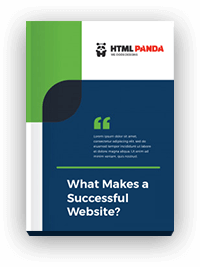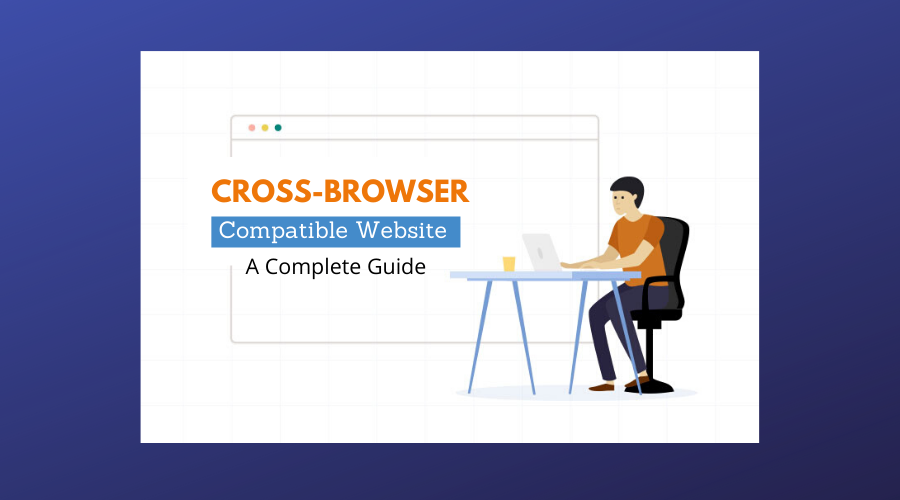Cross-browser compatibility is important so that your website can open on all browsers like Mozilla Firefox, Google Chrome, Opera, Safari and Internet Explorer. In this blog post, we’re going to talk about the importance of a cross-browser compatible website and some basic steps to make it.
As a professional web developer, you must be well aware of the fact that a website with an organized layout and definitive structure is not enough to lure visitors. Instead, it should be cross-browser compatible so that it processes uniformly on all the browsers. Considering the impeccable developing features of CSS, the developers have diligently shifted to CSS to build cross-browser compatible website designs and layouts.
It is necessary to know some fundamentals and terminologies related to CSS for creating a cross-browser compatible website layout.
What is CSS?
CSS stands for cascading style sheets, which is a computer language and defines the presentation of a document written using a markup language. Professionals can use it to customize the layout of the web page by adding/altering colors, font style, size, color, spacing, layout, background color, and more. The advantage of working with CSS is just like HTML it is supported by almost all browsers.
Apart from this, CSS also functions as the describing element that defines displayed elements on the screen. Most importantly, it can simultaneously control layouts of different pages at a given time.
What Exactly Does CSS Do?
CSS transforms web pages by changing their font, color, content style, spacing, layout, etc. Developers use CSS to create web pages compatible with multiple web browsers. These customized web pages configure layouts that one can uniformly see on web browsers such as Mozilla Firefox, Internet Explorer, Google Chrome, Safari, Opera, etc.
Now, let’s know some vital tips and principles of creating a cross-browser as well as a pixel-perfect layout with CSS.
Tips To Create Cross-Browser Compatible Website Layout With CSS
Creating the layout of a cross-browser compatible website involves lots of leveraging the latest industry practices. Take a look at crucial tips for building a cross-browser website template.
Keep it Simple While Maintaining Quality
The main reason why you need to keep your layout simple is that it minimizes the possibility of mistakes. In other terms, if you keep a layout complex, then there is a higher probability that you will commit mistakes. When we say keep layout simple – it means that you should also ensure the simplicity of several factors such as header, footer, side-by-side columns, etc.
Use of Frameworks
Before executing the process of creating a cross-browser compatible website, it’s wise to make a selection of the frameworks to work with from some popular frameworks like Bootstrap, Foundation, or others. No matter which tool you choose, you need to be familiar with the same to leverage its potential benefits. Using these tools will let you get a style code for making cross-compatible easy for you.
You may also like to read: Step by Step Guide for PSD to WordPress Conversion
Find out Doctype
When it comes to Doctype, it is the first thing that explains the HTML, which you can use on your website. It’s necessary to define the Doctype, which is also known to be a rendering engine, as there are numbers of browsers that are known to be having different standards and rules.
Code Validation
Code validation is something that keeps a great relevance, no matter how better performed it is. A buggy code tends to make an adverse impact on the cross-compatibility of any website. So, it’s necessary to take the help of CSS Validators and W3C Validators to validate your code.
Test in Multiple Browsers
As you are creating a cross-browser compatible layout, you need to ensure that it runs across all browsers. You can consider browsers like Internet Explorer, Firefox, Safari, Opera, etc. to test your temple and make sure it runs flawlessly across all browsers. Meanwhile, it’s recommended that test your template at least 3 to 8 times on these browsers.
Conclusion –
So, above are some most-frequently adopted practices for creating the cross-compatible website template. Following these will help you in creating the top-rated layout matching your specific needs and of course with an ability of cross-browser compatibility.
We would love to here your comments & questions about this blog post. Send us your thoughts by completing the contact form.










